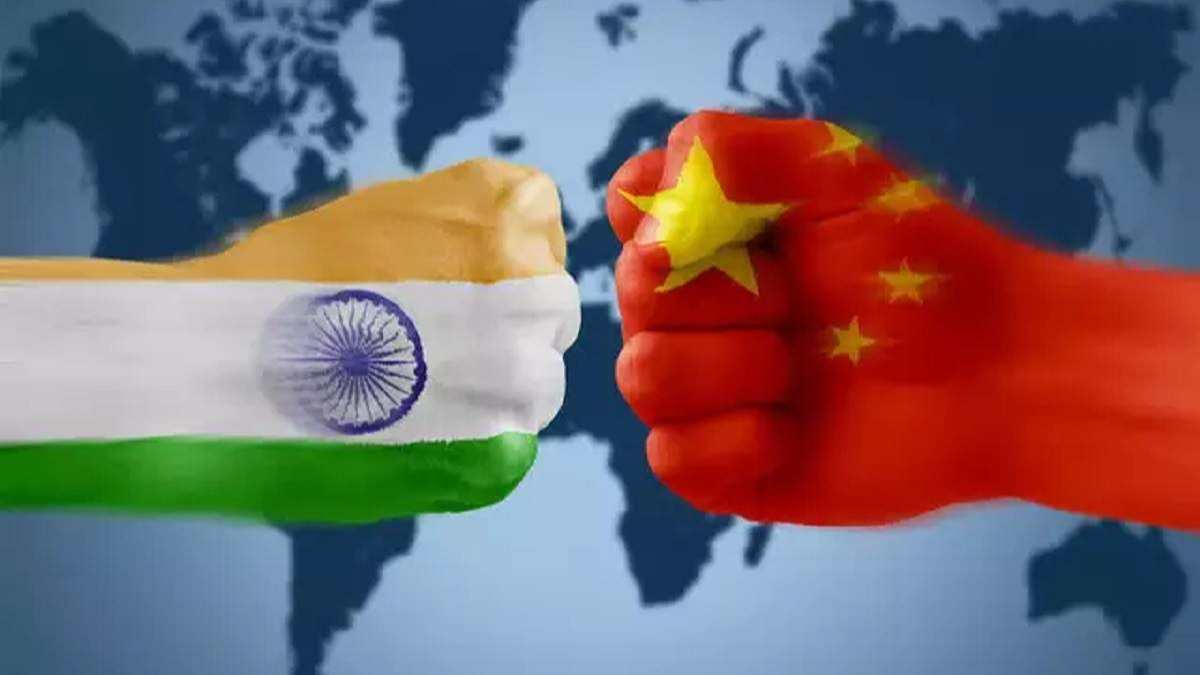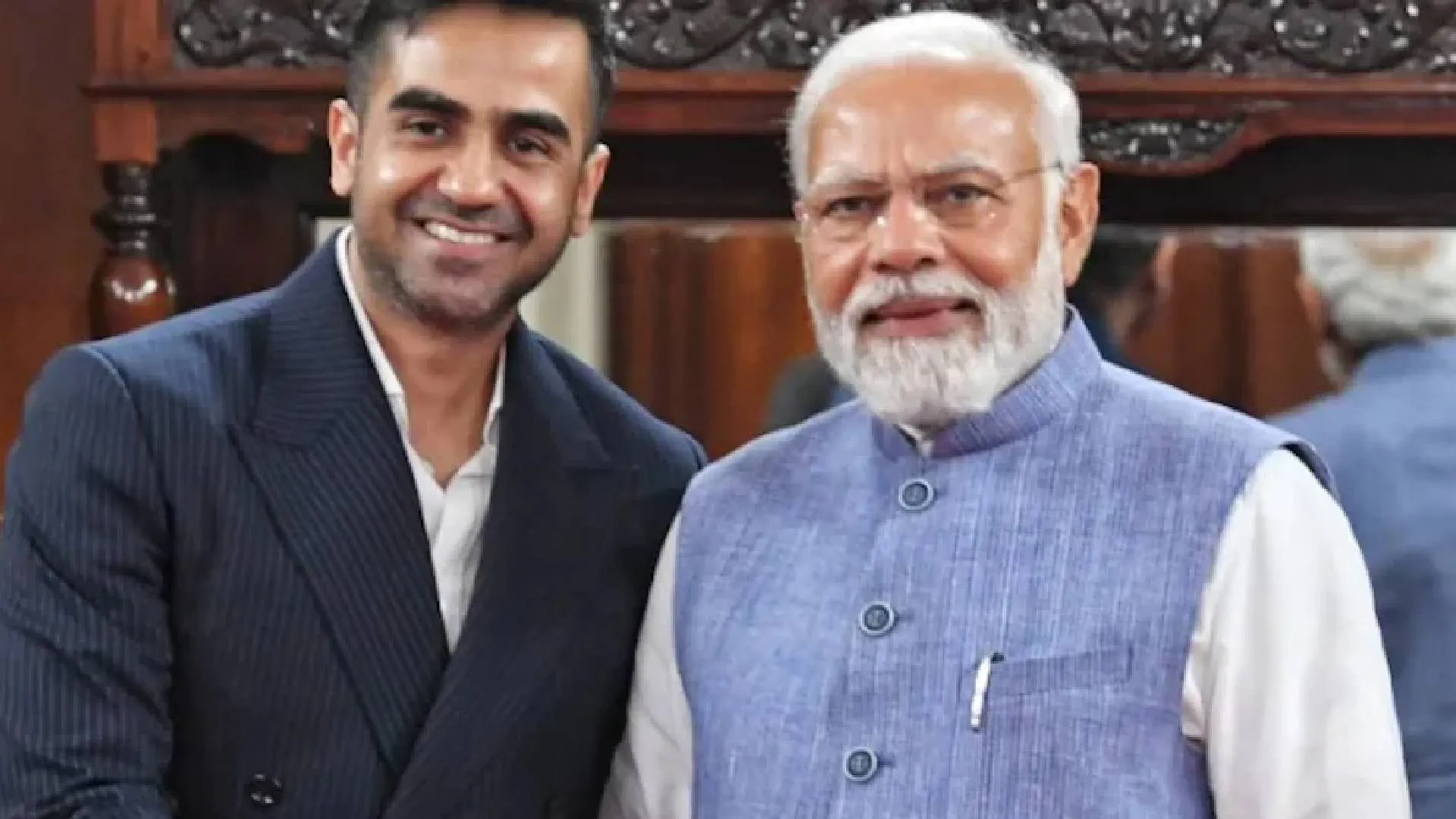It is welcome that with the disengagement of Indian and Chinese troops in the Pangong Tso area along the Line of Actual Control, there has been a scaling down of tensions between India and China in that particular area. However, China cannot be trusted, and hence the vigil along the LAC should continue, even as talks go on for returning to the pre-May 2020 situation in other areas of Eastern Ladakh. Along with this, there should not be any let-up in the measures that India has been taking against China, be it economic or diplomatic. Easing of tensions does not mean normalization of bilateral ties. In fact, there is still a long way to go before the Chinese are made to return to their original positions along the LAC in Ladakh. Lest we forget, it was during the verification of the disengagement process that the Chinese attacked Indian soldiers at Galwan on 14-15 June 2020, resulting in a skirmish and the loss of lives on both sides. Tales of Chinese chicanery are too plenty to be ignored and there is every possibility that this truce will be broken sooner than later, and China will try to ignite the situation somewhere along the LAC—it could be anywhere. In a show of malintent, just when there is an apparent scaling down of tensions, Chinese media has started showing maps that have the Indian states of Sikkim and Arunachal Pradesh as Chinese territory. The message is clear—the border is not settled and China will continue to “push the boundaries”, literally, by using salami slicing tactics to encroach on Indian territory. Worse, by lulling India into a false sense of complacency, China is perhaps planning to start another stand-off somewhere else, or at the same place. After all, it was only recently that the Chinse got into a scuffle with Indian soldiers at Sikkim in an area where the border was perceived to have been settled.
There is much speculation on why the Chinese suddenly decided to leave the Pangong Tso area. More importantly, if this is a tactical retreat or not, considering PLA’s Moldo garrison had become a sitting duck, vulnerable to attacks from the Indians who were occupying the heights above it. From all accounts, the retreat by both sides means that the heights will have to be vacated by the Indians. This leaves the door open for the Chinese to sneak in later and try to entrench themselves in that area. But then military experts say that any such attempt by the Chinese will be met with strong retaliation by the Indian military and PLA will indulge in such tactics at its own peril. Whatever be the actual reason behind the retreat of the PLA soldiers, the thing that can be said with certainty is that the Chinese did not expect India to move fast and match their deployment and that too within a short span of time. They were taken aback at the sheer determination of India and the confrontation at Galwan, where battle hardened Indian soldiers taught a lesson in hand-to-hand combat with the Chinese who were armed with spiked clubs.
In fact, even if disengagement takes place in the other areas of contention, particularly in Depsang, the price of peace for India will be eternal vigilance. The need of the hour is to stay fully prepared for any eventuality, as with the Chinese it is not a question of if, but when a tense stand-off will slip into kinetic action, even as China subjects India to constant non-kinetic warfare. The belief that India and China can manage their differences and can have a thriving relationship—business in particular—has proved to be hollow, and the chimera of “peace” along the LAC, is just that—an illusion. Trade cannot be independent of India’s security interests, and hence the measures that have been taken against Chinese businesses should continue. Operationalising the Quad should also be a priority for India, as well as taking measures that ensure the resilience of supply chains. India-China ties collapsed in the icy heights of Galwan on the night of 14-15 June 2020. Even if the situation on the ground goes back to pre May 2020, it is not possible to rebuild that relationship unless China rids itself of its “Chinese communist characteristics”.























